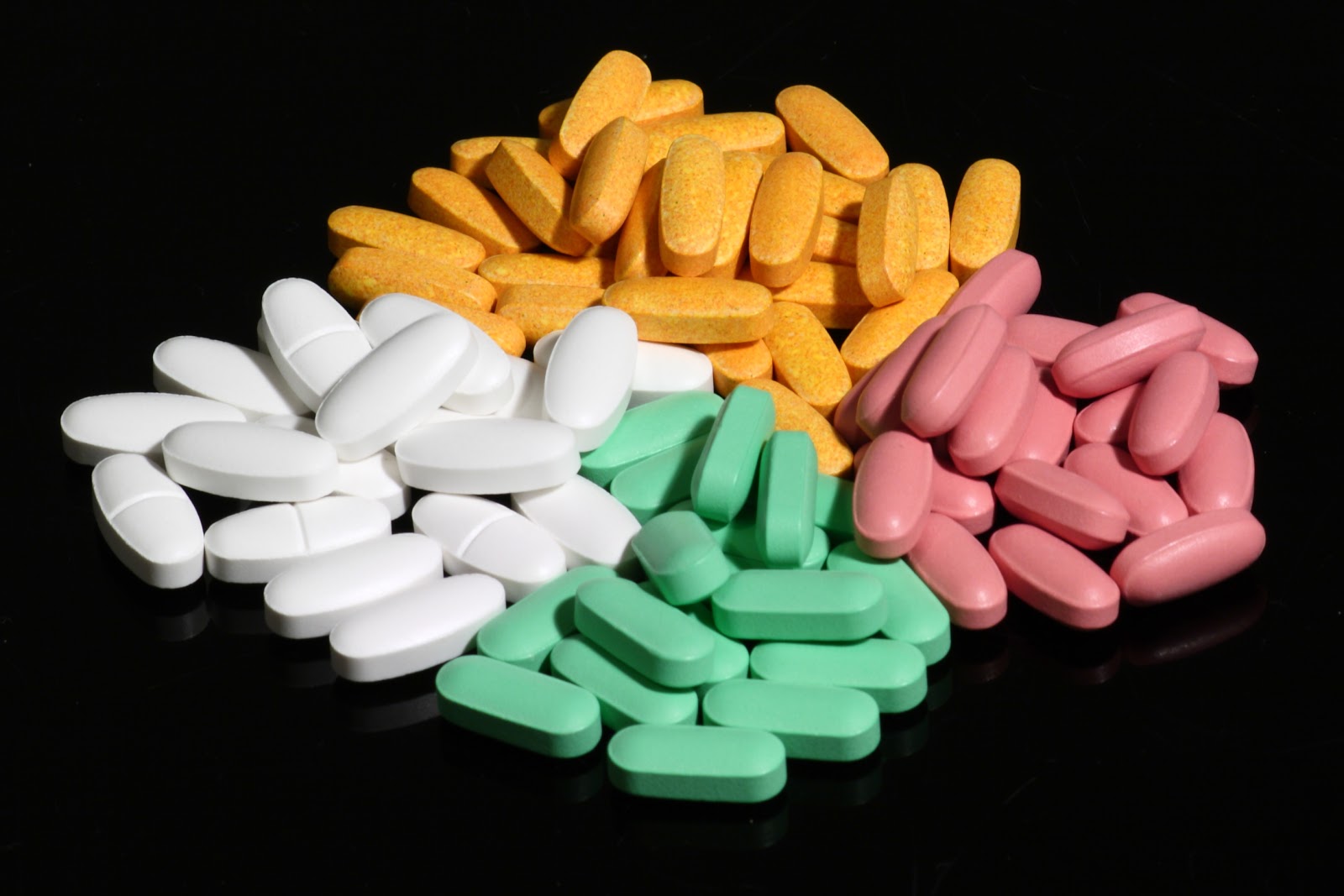Ended soon
Many people die annually due to avoidable hospital mistakes. However, these cases can be reduced or avoided if healthcare professionals adopt safety precautions. Apart from enhancing patients’ safety, adopting preventive measures can also affect the performance of health care workers. Patient safety measures entail reducing injuries, avoiding errors, and minimizing the probability of mistakes. Top clinical research organizations in 2022 suggest following ways of enhancing patients’ safety to achieve the best likely treatment result.
Develop A Safety And Health Management Program
According to CoachCare RPM, physicians must adopt systems that focus on patient safety and the performance of health care staff. Administrators should involve the employees and managers in decision-making procedures and undertake frequent reviews to determine the organization’s performance. This helps encourage compliance with safety procedures and knowing whether the institution has achieved its goals. The gathered information can also be applied to updating various policies according to the institution’s needs.
Ensure That Employees Understand Safety Policies
All workers in an organization must understand their responsibilities in ensuring safety. Apart from training recruits about the hospital’s safety, it is essential to frequently update other staff about policy changes. Furthermore, it is crucial for medical institutions to clearly outline safety procedures and policies.
Managers and senior medical practitioners should also create an environment that allows other staff to voice their concerns freely.
Adopt Monitoring Technology
Healthcare practitioners care for many patients during their respective shifts. Every patient requires different medications and needs. Adopting technologies like remote therapeutic monitoring can assist physicians and nurses in ascertaining and administering the proper process to the correct patient. Besides, the technology also helps them respond to the patients’ needs accordingly.
For instance, tech alarm technology can alert staff when a patient falls. Barcode systems can also be used to ascertain a patient’s medication. These technologies prevent the likelihood of human error in health facilities, saving many lives.
Safety Communication To Patients Is Key
Traditionally, the role of patients in their treatment and recovery was passive, whereby they adhered to their treatment plans without questions. In such medical settings, patients usually place absolute trust in health professionals. Nowadays, medical practitioners understand that well-informed patients can reduce medical errors. Therefore, health care experts should bear the responsibility of educating their patients about their treatment procedures and medications.
Apart from minimizing errors, being informed also builds confidence in the practitioners. Patients can also take time to read various information that is available online to boost their knowledge—having the correct information enables patients to get safer treatment since it enables them to notice potential problems and ask the right questions.
Adopt A Safe Hospital Design
Although hospitals’ designs paid attention to operational efficiency in the past, it is also crucial to focus on patient safety. A patient-centered design entails structural features such as essential information proximity, air quality, and structures that minimize contagion spread, such as hand sinks.
Safety and treatment quality should be the main focus of a health institution. Health care providers play an essential role when it comes to patient safety. Adopting the above methods can significantly enhance the safety of patients.




